Water to water heat exchangers are responsible for exchanging heat between wastewater and freshwater. The heat transfer process between the liquids does not involve direct contact or mixing of the two. Read More…
Enerquip is your trusted shell and tube heat exchanger partner. Our in-house, thermal design engineers and ASME welders and fabricators can design and build custom engineered solutions for your company’s specific needs. Our experience and expertise have earned us a preferred supplier status with leading companies in the pharmaceutical, food and beverage, cannabis, personal care, chemical,...
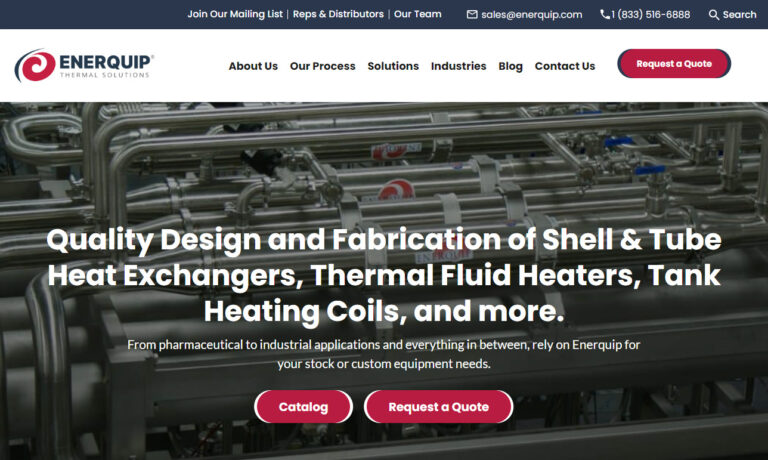
Mason Manufacturing is a custom fabricator of shell and tube heat exchangers, ASME pressure vessels, columns, and tanks. Located in Decatur, Illinois, Mason has over 60 years of experience providing customers with custom fabricated vessels that conform to customer specifications, applicable codes, accepted industry standards and that are consistently shipped on time with competitive pricing....
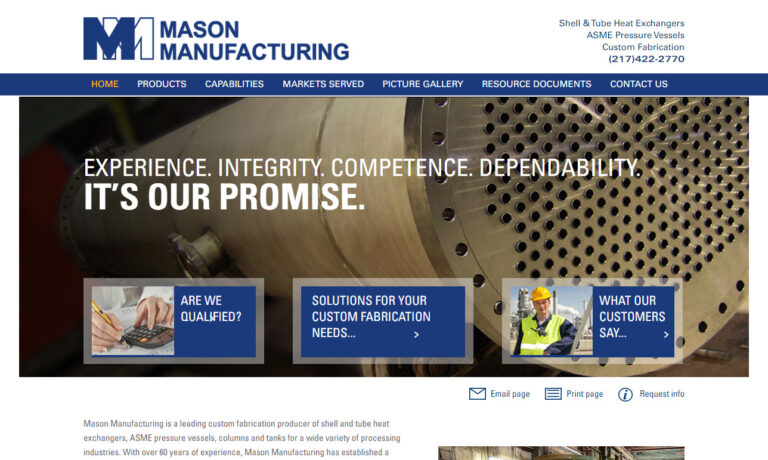
At Tech Fab, we specialize in providing comprehensive solutions for heat exchangers, tailored to meet the diverse needs of our valued clientele. With decades of experience and expertise in the fabrication industry, we have established ourselves as a trusted leader, known for our unwavering commitment to quality, innovation, and customer satisfaction. Our product offerings encompass a wide range...
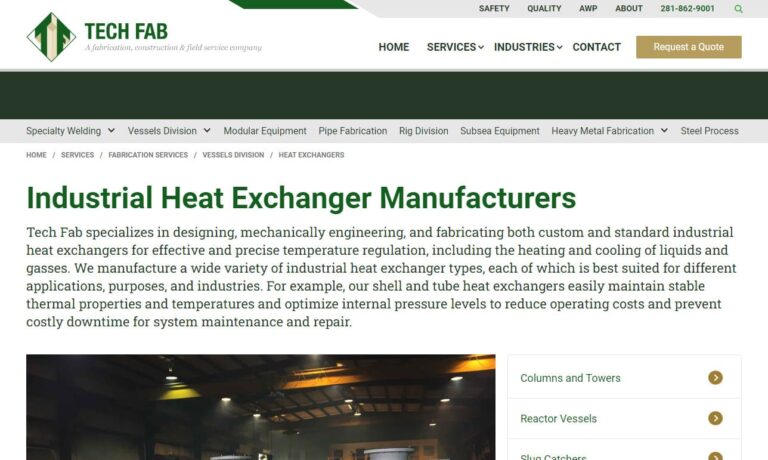
Since 1983, we have been providing quality heat transfer products for a wide variety of applications. We repair, rebuild or manufacture heat exchangers, tube heat exchangers, shell heat exchangers and double-wall heat exchangers. Electronics, hospitals and housing industries depend on us.
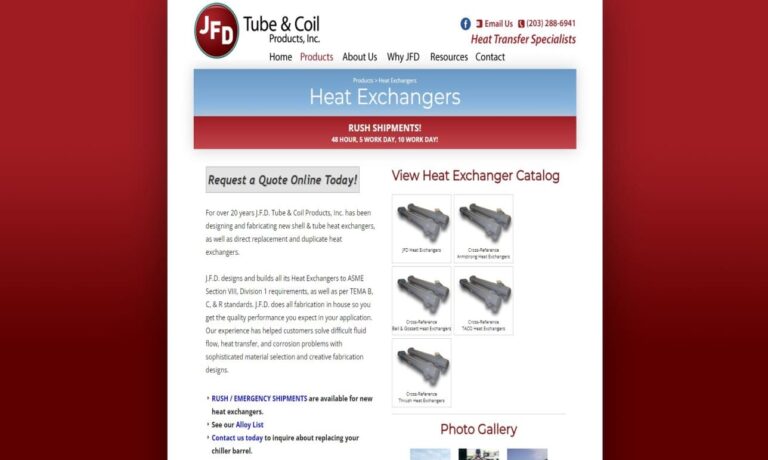
Since 1930 we have been a leader in providing control solutions and process equipment at McRae Engineering. Our product offerings include heat exchangers, agitators, boilers, vacuum pumps, process heaters, dampers, centrifugal blowers, and more. We also provide various repair services for our customers. Our experienced engineers will work with you to ensure all your specifications are met. Our...
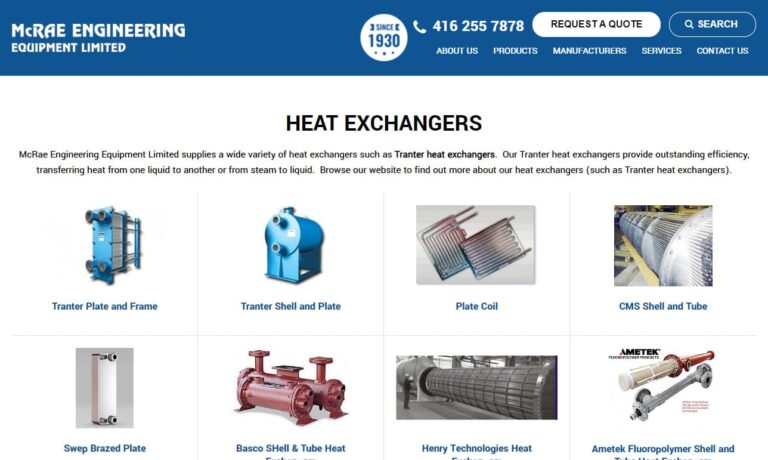
At Lone Star Thermal Engineering, we specialize in providing comprehensive solutions for heat exchangers tailored to meet the diverse needs of our valued clientele. With our expertise in the field of thermal engineering, we have established ourselves as a trusted leader known for our commitment to quality, innovation, and customer satisfaction. Our product portfolio encompasses a wide range of...
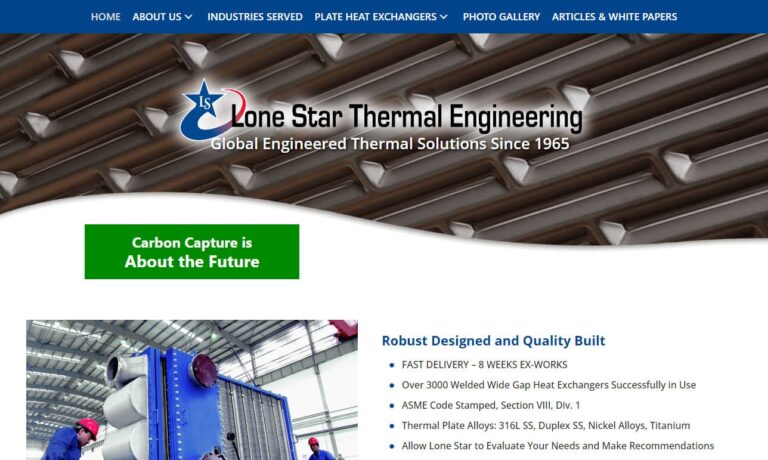
More Water to Water Heat Exchanger Manufacturers
What is a Water to Water Heat Exchanger?
Water to water heat exchangers are responsible for exchanging heat between wastewater and freshwater. The heat transfer process between the liquids does not involve direct contact or mixing of the two.

Materials Used in Water to Water Heat Exchangers
Usually, heat exchanger are made up of metals. However, they can also be made of plastics, ceramics, or composites. Ceramics are used for high-temperature applications because such high temperatures would melt metals such as steel, copper, and iron.
Abrasive and corrosive fluids make use of heat exchangers made up of ceramics. On the other hand, plastics are generally very cheap and lighter than metals. Plastics resist corrosion, and their thermal conductivity is good. However, mechanically, plastics are weak and unfit for high-temperature applications. Their main use is found in water-based applications like swimming pools and showers.
How Water to Water Heat Exchangers Function
Water to water heat exchangers function by allowing fresh water to flow and circulate around the hotter wastewater that flows out. During this process, there is a heat energy transfer from the wastewater to the freshwater through the inside walls.

The freshwater is heated to high temperatures of over 100 °F (37.7 °C). On exiting the unit, the wastewater is cooled. The principle of the water to water heat exchanger is that there is heat transfer without the transfer of the fluid that carries the heat.
Types of Water to Water Heat Exchanger
There are various types of water to water heat exchangers. The shell and tube heat exchangers and the plate heat exchangers are the two most common types.
Shell and Tube Heat Exchangers
Shell and tube heat exchangers are made of a single tube or parallel tubes known as a tube bundle, enclosed in a sealed cylindrical pressure vessel. One fluid flows through the smaller tube while the other flows around the outside and within the sealed shell.

Other design characteristics include single or two-phase heat transfer, concurrent flow, finned tubes, crossflow arrangements, counter-current flow, and single, two, or multiple pass configurations.
Plate Heat Exchangers
Plate heat exchangers are composed of many corrugated, thin plates bundled together. Each pair of plates makes a channel through which a fluid can flow. The process is undertaken when the pairs are attached and stacked via welding, bolting, or brazing.


This allows for a second passage to be formed between the pairs through which the other fluid can flow. The plate design has different variations like pillow plate heat exchangers or plate fin heat exchangers.
Plate fin heat exchangers employ spacers or fins between the plates and cater to many flow configurations and more than two streams of fluid to pass through the device. In addition, pillow plate exchangers make use of pressure on the plates to increase the efficiency of heat transfer across the plate surface.
Other types of plate heat exchangers are spiral plate heat exchangers, plate and frame heat exchangers, and plate and shell heat exchangers.
Applications of Water to Water Heat Exchangers
Water to water heat exchangers have various purposes in the commercial and industrial sectors. Their uses are radiant floor heating, solar heating, and domestic hot water heating. Water to water heat exchangers are used with refrigerants in heating, ventilation, air conditioning, and refrigeration applications. They are also used in breweries for wort chilling. In addition, shell and tube heat exchangers are used in marine applications such as heated swimming pools.
Water to water heat exchangers can save on water heating by about 80%. For example, energy-efficient showers use heat exchangers in the wastewater outlet. The water dripping down the plug goes through the copper coils of a heat exchanger. In addition, industrial and commercial facilities use water to water heat exchangers to cool their wastewater for city sewers. This will allow them to cool the waste without adding cold water to the waste.
Choosing the Proper Water-to-Water Heat Exchanger Manufacturer
To ensure you have the most beneficial outcome when purchasing a water-to-water heat exchanger from a water-to-water heat exchanger manufacturer, it is important to compare several companies using our directory of water-to-water heat exchanger manufacturers. Each water-to-water heat exchanger manufacturer has a business profile page highlighting their areas of experience and capabilities, along with a contact form to directly communicate with the manufacturer for more information or request a quote. Review each water-to-water heat exchanger business website using our patented website previewer to quickly learn what each company specializes in. Then, use our simple RFQ form to contact multiple water-to-water heat exchanger companies with the same form.













 Boilers
Boilers Chillers
Chillers Cooling Towers
Cooling Towers Furnaces
Furnaces Heat Exchangers
Heat Exchangers Heat Transfer Equipment
Heat Transfer Equipment Castings & Forgings
Castings & Forgings Bulk Material Handling
Bulk Material Handling Electrical & Electronic Components
Electrical & Electronic Components Flow Instrumentation
Flow Instrumentation Hardware
Hardware Material Handling Equipment
Material Handling Equipment Metal Cutting Services
Metal Cutting Services Metal Forming Services
Metal Forming Services Metal Suppliers
Metal Suppliers Motion Control Products
Motion Control Products Plant & Facility Equipment
Plant & Facility Equipment Plant & Facility Supplies
Plant & Facility Supplies Plastic Molding Processes
Plastic Molding Processes Pumps & Valves
Pumps & Valves Recycling Equipment
Recycling Equipment Rubber Products & Services
Rubber Products & Services